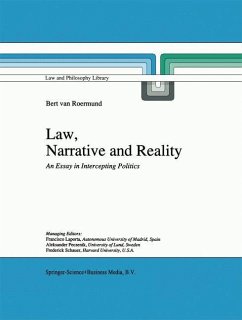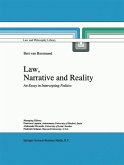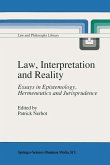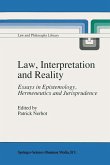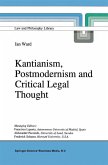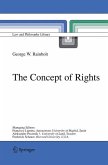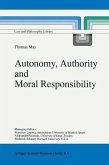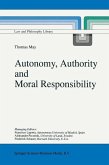To a certain extent, this book is a translation of Recht, verhaal en werke lijkheid, published by Coutinho (Bussum, 1993). Chapters 1, 5 and 9, however, differ considerably from the original. At the basis of the Dutch book were arguments already submitted in 'Narrative coherence in legal contexts', in C. Faralli and E. Pattaro (eds.), Reason in Law, vol. III., Milano, A. Giuffre Editore, 1988, pp. 159-170; 'Justice, Rights, and Hu man Dignity', in The Windsor Yearbook of Access to Justice, 7, 1987, pp. 46-65; 'Narrative coherence and the guises of legalism', in P. Nerhot (ed.), Law, Interpretation and Reality, Dordrecht - Boston, Kluwer Aca demic Publishers, 1990, pp. 310-345; 'The Instituting of Brute Facts', in The International Journal for the Semiotics of Law / Revue internationale de semiotique juridique, 4, 1991, pp. 279-308. For chapters 1 and 9 I used the following materials: 'Law is narrative, not literature', in W.l. Witte veen (ed.), Law, Rhetoric and Literature (Special Issue of the Dutch Jour nal for Legal Philosophy and Legal Theory), 23, No.3, 1994, Zwolle, Tjeenk Willink, 1994, pp. 221-227 (with a response by R. Weisberg, pp. 228-229); and 'Seeing Places: On Prepositions in Law', The International Journal for the Semiotics of Law / Revue internationale de semiotique juridique, 6, 1993, pp. 249-270. Chapter 5 was rewritten on the basis of 'The Instituting of Brute Facts'.
Bitte wählen Sie Ihr Anliegen aus.
Rechnungen
Retourenschein anfordern
Bestellstatus
Storno

